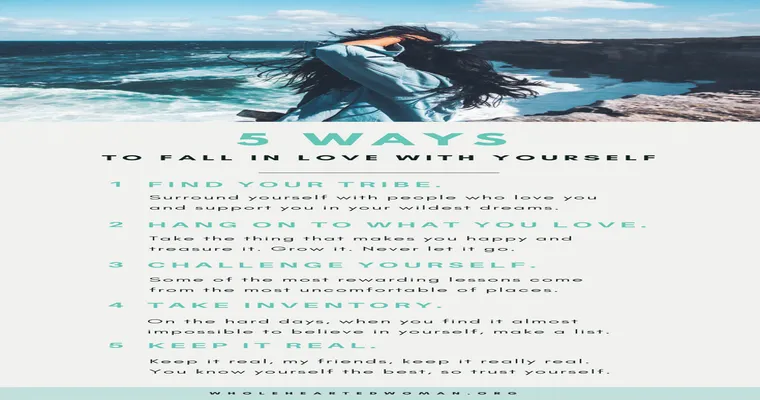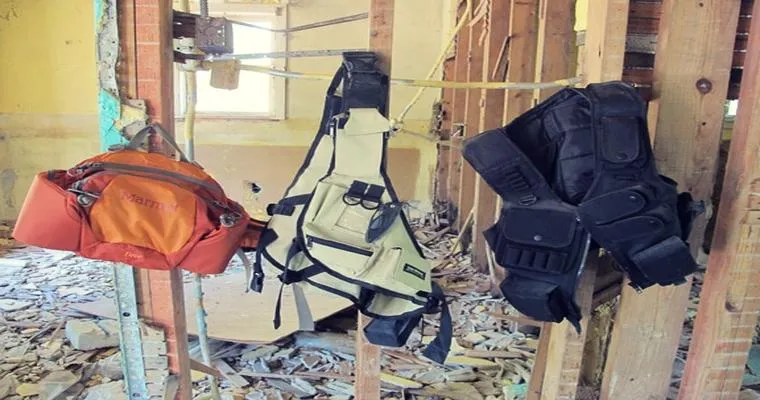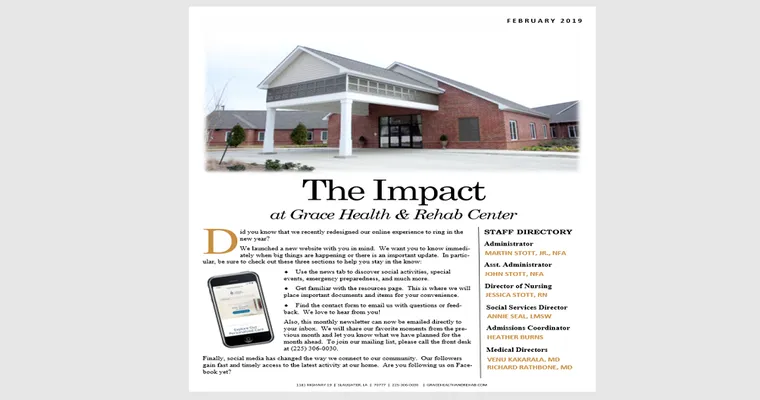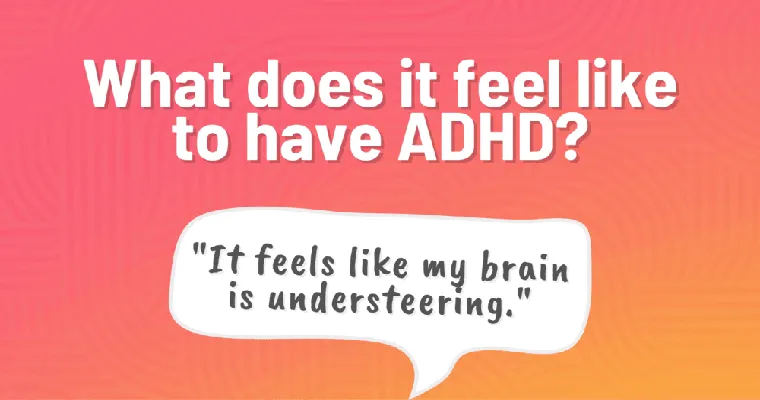Experiencing a fall can be a distressing event, both physically and emotionally. Whether it's a loved one or yourself who has taken a tumble, knowing how to safely "pick someone up" after a "fall" is crucial. This guide will provide you with essential tips and techniques to ensure that both you and your loved ones remain safe and secure during the recovery process.
Assess the Situation
Before attempting to pick someone up after a fall, it is vital to "assess the situation". Check for any visible injuries, such as broken bones, cuts, or bruises. If the person appears to be in severe pain or is unable to move, it's best to "call for help" rather than trying to lift them on your own. In some cases, moving someone who is injured can exacerbate their condition.
Ensure Safety First
If the fallen individual is conscious and responsive, ensure that the area around them is safe. Remove any hazards that could cause additional injuries. If you are the one who has fallen, take a moment to check your surroundings and ensure that you are not in danger of falling again.
Follow the Right Techniques to Get Up
If there are no serious injuries, and it is safe to proceed, follow these steps to help someone (or yourself) get up from the ground:
1. "Roll to the Side": If you are helping a loved one, encourage them to roll onto their side. This position allows them to assess their condition before attempting to stand.
2. "Get Into a Kneeling Position": From the side-lying position, they should bend their knees and bring one leg underneath them into a kneeling position. This will provide stability and support.
3. "Use Stable Support": If available, have the individual use a sturdy piece of furniture, like a chair or a table, to help push themselves up. Alternatively, if you are assisting someone, you can provide your arm or shoulder as a support.
4. "Stand Up Slowly": Encourage them to rise slowly, using their legs to push up rather than straining their back. If they feel dizzy or unsteady, they should pause and take a moment before fully standing.
5. "Take a Moment to Steady": Once standing, it’s important to take a moment to regain balance and composure. Encourage them to take slow, deep breaths.
When to Seek Medical Attention
Even if it seems like no serious injuries have occurred, it is advisable to seek "medical attention" if any of the following conditions are present:
The individual is unable to get up after multiple attempts.
There is noticeable swelling, bruising, or deformity in any of the limbs.
They experience severe pain, dizziness, or confusion following the fall.
Prevention Tips
To minimize the risk of future falls, consider the following "prevention tips":
"Remove Hazards": Clear walkways of clutter, such as shoes, cords, and furniture.
"Improve Lighting": Ensure that all areas of the home are well-lit, particularly staircases and hallways.
"Use Non-Slip Mats": Place non-slip mats in bathrooms and kitchens to prevent slipping.
"Wear Appropriate Footwear": Encourage the use of supportive shoes that provide traction.
Conclusion
Knowing how to safely pick someone up after a fall can make all the difference in their recovery and emotional well-being. By following the steps outlined in this guide, you can assist your loved ones or yourself in a safe and supportive manner. Always prioritize safety, and do not hesitate to seek medical help when necessary. Remember that prevention is key in reducing the risk of falls, so take proactive steps to create a safer environment for everyone.





